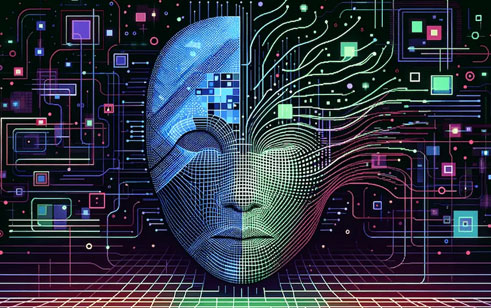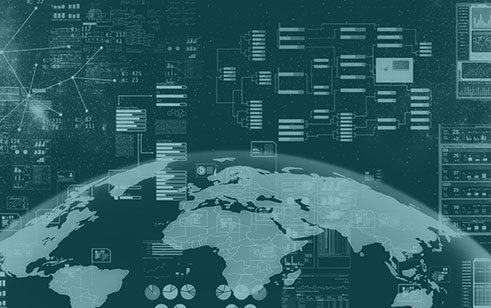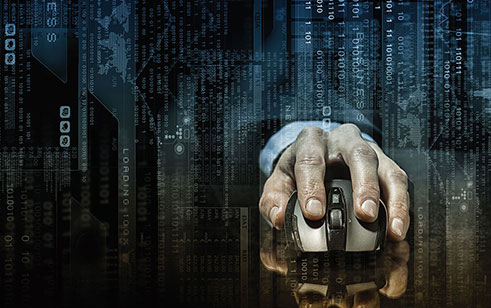With the advent of more accurate sensors like high-resolution cameras, computers, and powerful software, the use of AI in image and video analytics is increasing in the areas like personal authentication or identification, customer experience, fraud prevention, monitoring, behavioral analysis, etc. The most popular application of this technology is the “face lock” feature on our smartphones which we use several times in our daily lives.
Before starting on how this technology is preventing fraud and helping in catching criminals, let’s first understand how this technology works. To recognize a face from an image, the first step is face detection. The image is transformed into greyscale because it is easy to detect faces in greyscale. Then the image is enhanced and manipulated by resizing, cropping, blurring, sharpening, etc. The algorithm then runs to detect various objects in the image and identify faces. Once the face is detected, a highly complex set of features are extracted like the length of jawline; spacing between eyes or eyes and lips; dimensions of the nose, lips, face; the ratio of widths, etc. These features are then matched with the ones stored in the database to identify the face.
Video analytics also works on the same principle. The video consists of capturing an event in various photographs continuously called frames. The frames when combined and played at a specific speed form a video. To analyze the video, these frames are treated as an independent image and the same sort of analysis can be done as image analytics, though video analytics finds application in areas like traffic management, event management, better surveillance, and security, etc.


As global election systems brace for the 2024 cycle, they face unprecedented threats from advancing AI technologies and escalating cybersecurity risks.
Learn More
In the digital age, social media has ascended as the paramount platform for individuals to disseminate opinions, amplify concerns, polarize communities, and craft propaganda.
Learn More
Social engineering attacks have emerged as a dominant method for cyber fraudsters to penetrate organizations.
Learn More
The banking, financial services, and insurance (BFSI) industries are undergoing a significant and rapid change driven by digitalization. This revolution is essential as organizations respond to evolving customer expectations, the need for superior business results, and increasing regulatory requirements.
Learn More
The World is growing at a rapid pace, and with that, advancements in information and communication technology are moving at a breakneck speed. In today's digital age, where information flows freely across the internet, the realm of law enforcement has undergone a unique transformation.
Learn More